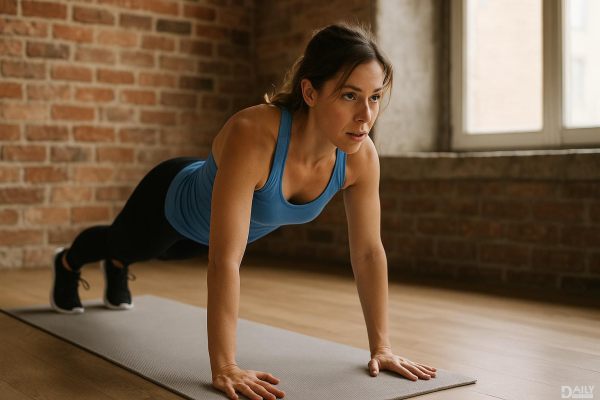If you've ever walked past the stair climber at the gym and thought, "Nah, that looks like torture," you're not alone. But here's the thing—this underrated machine is basically a secret weapon for building endurance, torching calories, and sculpting legs that could crush walnuts. Unlike the treadmill (which can feel like running in place) or the elliptical (which sometimes feels like you're floating through space), the stair climber forces you to engage muscles you didn't even know existed. And no, you don’t have to turn into Rocky Balboa training for a fight—unless you want to.
Why the Stair Climber Deserves a Spot in Your Routine
First off, let’s talk efficiency. The stair climber is one of the few machines that combines cardio and strength training without requiring you to switch equipment. Every step activates your glutes, quads, hamstrings, and calves—basically turning your lower body into a calorie-burning furnace. And because it’s low-impact, you won’t leave feeling like your knees just went 12 rounds with a jackhammer. Plus, if you’ve ever struggled with balance or coordination (hello, fellow people who trip over flat surfaces), the stair climber forces you to stabilize your core, which translates to better movement in everyday life.
How to Actually Use the Stair Climber Without Looking Like a Newbie
Here’s the deal: Most people lean on the handrails like they’re holding onto a life raft in the middle of the ocean. But if you’re doing that, you’re basically cheating your workout. Instead, stand tall, keep a light grip (or no grip at all), and focus on pressing through your heels to maximize glute engagement. Want to level up? Try skipping steps, stepping sideways, or even doing crossover steps to target different muscle groups. And if you’re feeling extra spicy, pump your arms like you’re speed-walking to add an upper-body burn.
The Sneaky Benefits You Didn’t Know About
Beyond the obvious leg gains, the stair climber is a stealthy way to improve cardiovascular health. Because it’s a vertical movement, your heart has to work harder to pump blood against gravity, which means you’re getting a killer cardio session without the joint stress of running. It’s also a functional workout—meaning it mimics real-life movements (like climbing actual stairs) so you’ll be less winded when you’re hauling groceries up to your apartment. And let’s not forget the mental endurance boost: There’s something oddly satisfying about conquering a machine that feels like it’s actively trying to defeat you.
How to Make It Less Boring (Because Let’s Be Real, It Can Be)
The biggest complaint about the stair climber? It’s monotonous. But it doesn’t have to be. Try interval training—alternating between 30 seconds of all-out effort and 30 seconds of recovery—to keep things interesting. Or, if you’re a multitasker, prop up your phone and watch a show (just don’t get so distracted that you miss a step). Some machines even have pre-programmed workouts that simulate hill climbs or random resistance changes, so you’re not stuck doing the same thing for 20 minutes straight.
A Workout Plan That Actually Works
If you’re ready to give the stair climber a fair shot, here’s a simple but brutal 20-minute routine: Start with a 5-minute warm-up at a moderate pace (RPE 4-5). Then, alternate 1 minute at a challenging speed (RPE 7-8) with 1 minute of recovery (RPE 3-4) for 10 minutes. For the last 5 minutes, crank up the resistance and take every step slowly, focusing on squeezing your glutes at the top of each movement. Finish with a 2-minute cooldown. Congrats—you just survived (and probably hated) one of the most effective workouts in the gym.
At the end of the day, the stair climber isn’t just a glorified escalator—it’s a full-body challenge disguised as a simple step machine. Whether you’re training for a hike, trying to build endurance, or just looking for a way to switch up your cardio, this beast of a machine delivers. And hey, if nothing else, you’ll never take an elevator for granted again.
























